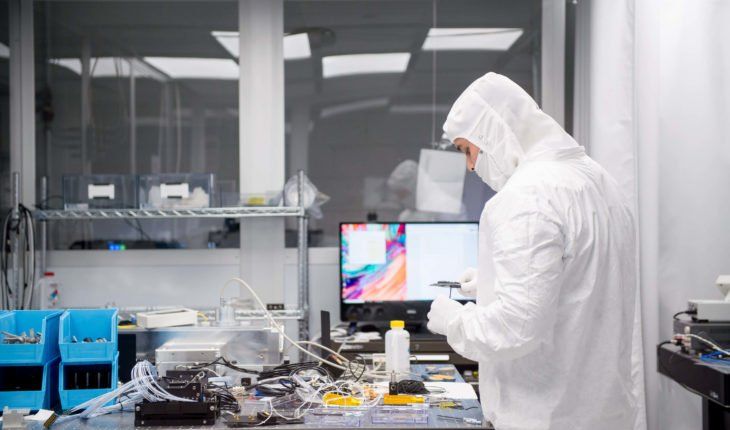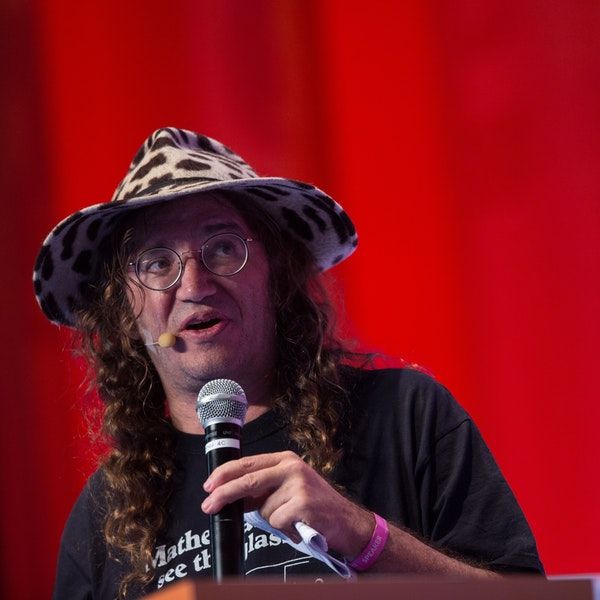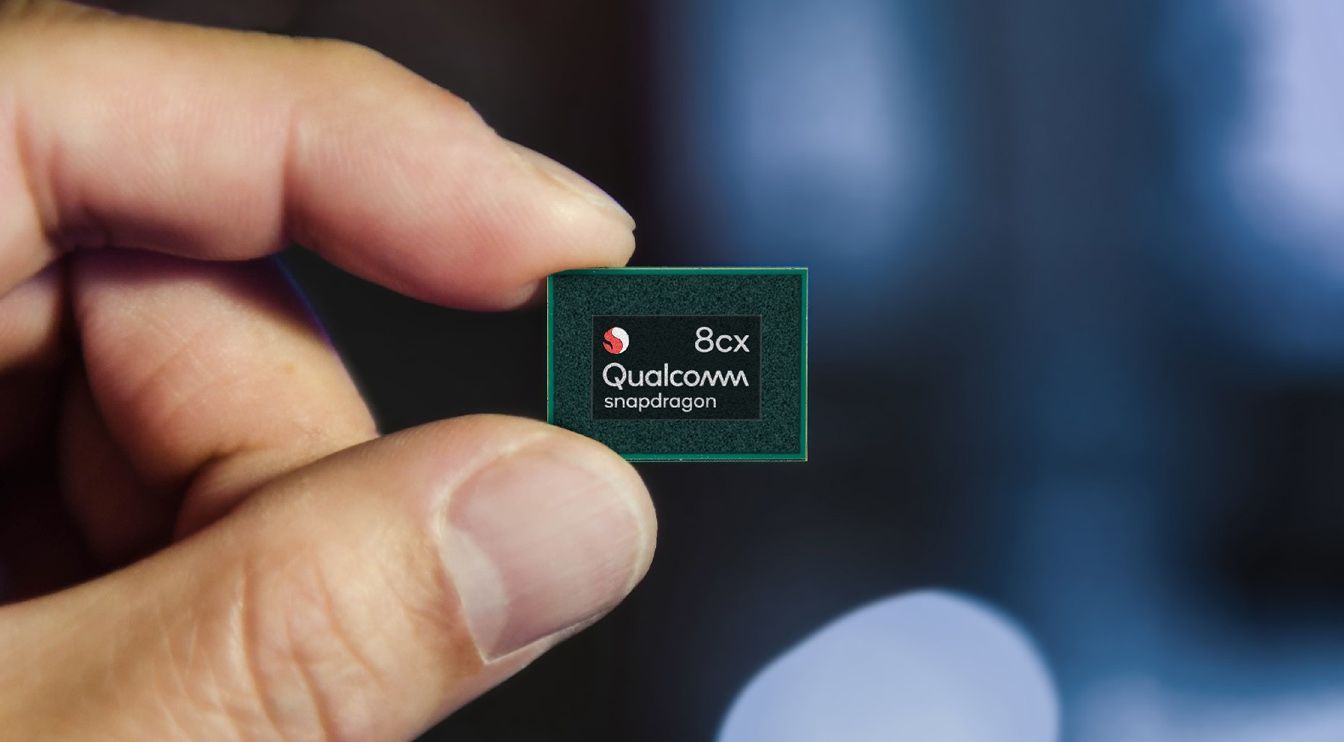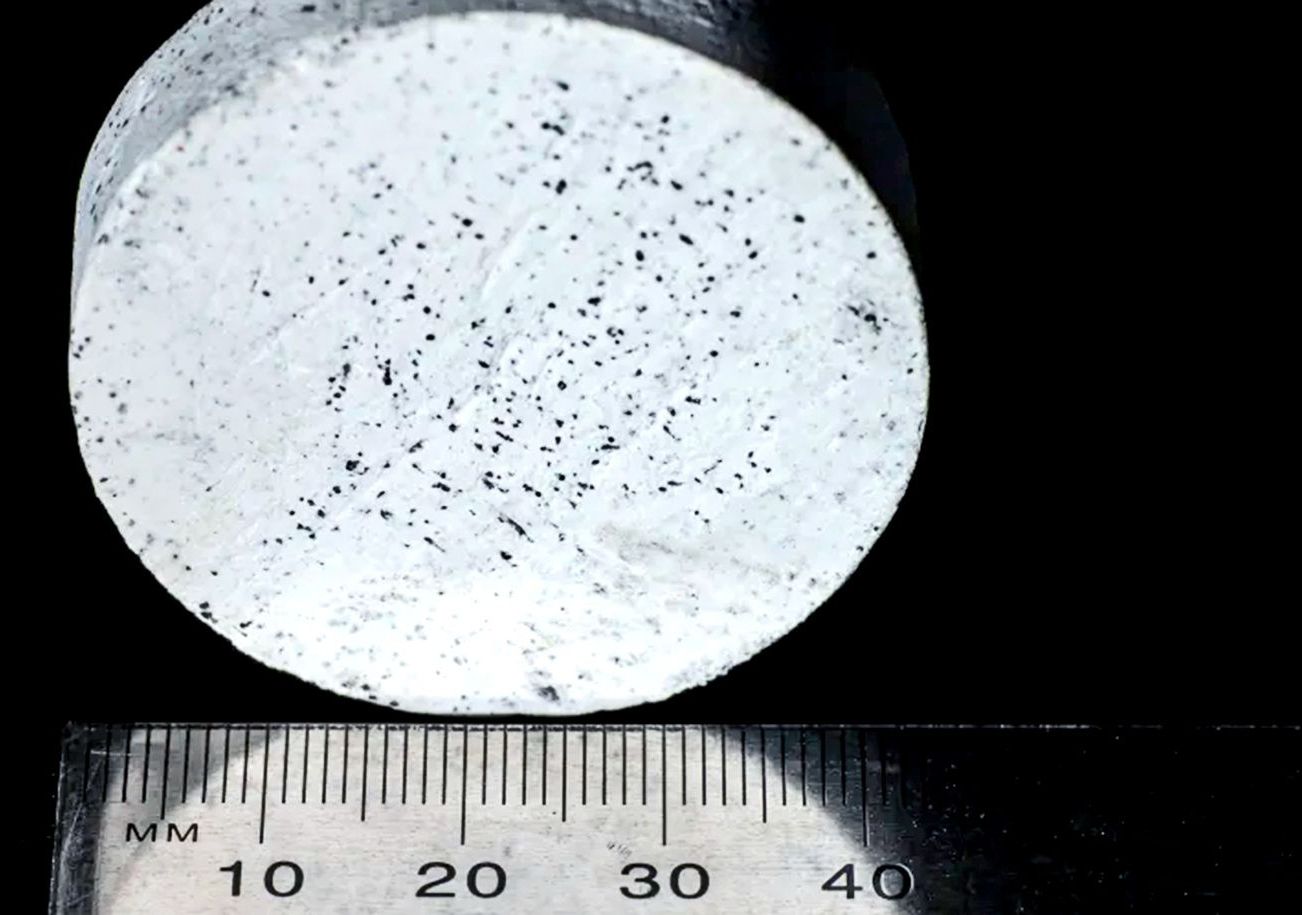Archive for the ‘computing’ category: Page 651
Dec 11, 2018
IonQ Has the Most Powerful Quantum Computers With 79 Trapped Ion Qubits and 160 Stored Qubits
Posted by Klaus Baldauf in categories: computing, quantum physics
IonQ just made a presentation on two new trapped ion quantum computers with 160 stored and 79 processing qubits. This is more qubits than the best noisy superconducting quantum computers which is currently the Google 72 Qubit Bristlecone processor.
* IonQ systems are at room temperature
* IonQ manipulates ions with magnets and lasers and have software control on mostly FPGA chips.
Dec 11, 2018
How developments in Quantum Computing could affect cryptocurrencies
Posted by Genevieve Klien in categories: bitcoin, computing, cryptocurrencies, economics, mathematics, particle physics, quantum physics
by Eloisa Marchesoni
Today, I will talk about the recent creation of really intelligent machines, able to solve difficult problems, to recreate the creativity and versatility of the human mind, machines not only able to excel in a single activity but to abstract general information and find solutions that are unthinkable for us. I will not talk about blockchain, but about another revolution (less economic and more mathematical), which is all about computing: quantum computers.
Quantum computing is not really new, as we have been talking about it for a couple of decades already, but we are just now witnessing the transition from theory to realization of such technology. Quantum computers were first theorized at the beginning of the 1980s, but only in the last few years, thanks to the commitment of companies like Google and IBM, a strong impulse has been pushing the development of these machines. The quantum computer is able to use quantum particles (imagine them to be like electrons or photons) to process information. The particles act as positive or negative (i., the 0 and the 1 that we are used to see in traditional computer science) alternatively or at the same time, thus generating quantum information bits called “qubits”, which can have value either 0 or 1 or a quantum superposition of 0 and 1.
Continue reading “How developments in Quantum Computing could affect cryptocurrencies” »
Dec 11, 2018
First Pinoy app nominated as global finalist to the NASA Space Apps Challenge
Posted by Michael Lance in categories: astronomy, computing, space
MANILA, Philippines — Among the 2,729 teams in 200 locations all over the world who participated in the NASA Space Apps Challenge, an app made by Filipino innovators was nominated first time by NASA scientists and experts to become a finalist at the global level. Altogether, they will join the top 25 in competing for the six winners of the biggest hackathon in the universe.

The winning app seeking to communicate scientific data to fishermen even without Internet connection was made by IT professionals Revbrain G. Martin, Marie Jeddah Legaspi, and Julius Czar Torreda from team iNON, which stands for “It’s now or never.” Named ISDApp, from the Tagalog word “isda” meaning fish, it sends useful information to fishermen such as real-time weather, sunrise and sunset, wind speed, and cloud coverage to plan their fishing activities in catching more fish using the NASA GLOBE Observer app, a data collection from citizen scientists around the world used in concert with NASA satellite data to identify or communicate information, and educating the public about planet Earth. Fishermen will receive SMS notifications from the Amazon Web Services gateway while local government officials would manage their details using a smartphone app connected to the cloud. NASA scientists and experts consider this fisherfolk app made by Pinoys as one of the solutions “with the most potential to improve life on Earth or in the universe,” therefore nominated as global finalist for Galactic Impact.
Continue reading “First Pinoy app nominated as global finalist to the NASA Space Apps Challenge” »
Tags: NASA, Space Apps
Dec 10, 2018
The Future of Tech Will Change Everything From Food to Healthcare
Posted by Genevieve Klien in categories: biological, computing, food
Advancement in technology will continue to impact the way we work, eat, and even take care of ourselves. A new report from Scientific American takes a look at some of the top emerging technologies that range from the field of biology to computer science. The publication’s chief science editor Seth Fletcher talked to Cheddar about what’s next when it comes to tech.
WATCH NEXT
Continue reading “The Future of Tech Will Change Everything From Food to Healthcare” »
Dec 10, 2018
Solution for next generation nanochips comes out of thin air
Posted by Klaus Baldauf in categories: computing, space travel
Researchers at RMIT University have engineered a new type of transistor, the building block for all electronics. Instead of sending electrical currents through silicon, these transistors send electrons through narrow air gaps, where they can travel unimpeded as if in space.
Dec 7, 2018
Qualcomm’s ‘Extreme’ Snapdragon 8cx CPU Could Power Your Next Laptop
Posted by Shailesh Prasad in categories: computing, mobile phones
Intel and AMD could be looking at some stiff competition in the processor game. Fresh off announcing its new Snapdragon 855 mobile chip, the company has announced the Snapdragon 8cx. It’s for laptops instead of smartphones and is by far the most powerful processor the company has ever made. How can you tell? The “X” in the name stands for “extreme.”
While the Snapdragon 8cx is not the company’s first PC chip (that honor goes to the quickly forgotten Snapdragon 850), it’s the first one that could make Intel take note. Like the 855, the Snapdragon 8cx uses a 7nm manufacturing process. It has the same octa-core design with four high-performance cores based on the Cortex A76 and four low-power cores based on the A55. That’s really the end of the similarities, though.
Qualcomm has cranked the clock speed of all of its “Kryo 495” cores way up in the Snapdragon 8cx, but it won’t say exactly how high. The chip has 10MB of cache between L2 and L3 — the 855 only has 3MB. That makes the Snapdragon 8cx better at running heavy apps, and there’s support for up to 16GB of system memory. You can also check the boxes for NVMe and UFS3.0 storage.
Continue reading “Qualcomm’s ‘Extreme’ Snapdragon 8cx CPU Could Power Your Next Laptop” »
Dec 7, 2018
Tiny ceramic particles make this building material fire-safe
Posted by Genevieve Klien in categories: computing, particle physics
Inspired by the insulation on a humble electrical cable, researchers have found that tiny ceramic particles can make plastic-backed cladding fire-safe.
How do you make a light-weight cladding material that doesn’t catch fire? It’s a question the building industry globally is wrestling with in the wake of the 2017 Grenfell Tower blaze in London that cost the lives of 72 people.
But according to new research, the answer is under your desk in the plastic insulation around the electrical cable powering your computer.
Dec 7, 2018
Harnessing the power of ‘spin orbit’ coupling in silicon: Scaling up quantum computation
Posted by Saúl Morales Rodriguéz in categories: computing, particle physics, quantum physics
Australian scientists have investigated new directions to scale up qubits—utilising the spin-orbit coupling of atom qubits—adding a new suite of tools to the armory.
Spin-orbit coupling, the coupling of the qubits’ orbital and spin degree of freedom, allows the manipulation of the qubit via electric, rather than magnetic-fields. Using the electric dipole coupling between qubits means they can be placed further apart, thereby providing flexibility in the chip fabrication process.
In one of these approaches, published in Science Advances, a team of scientists led by UNSW Professor Sven Rogge investigated the spin-orbit coupling of a boron atom in silicon.
Dec 6, 2018
Raise your hand if you’re in this new photo from Mars
Posted by Michael Lance in categories: computing, space
Your name on Mars?
These two tiny chips contain the names of more than 2.4 million people who signed up to fly with me. We’re ON MARS, you guys.
You’re all honorary Martians!
Continue reading “Raise your hand if you’re in this new photo from Mars” »
















